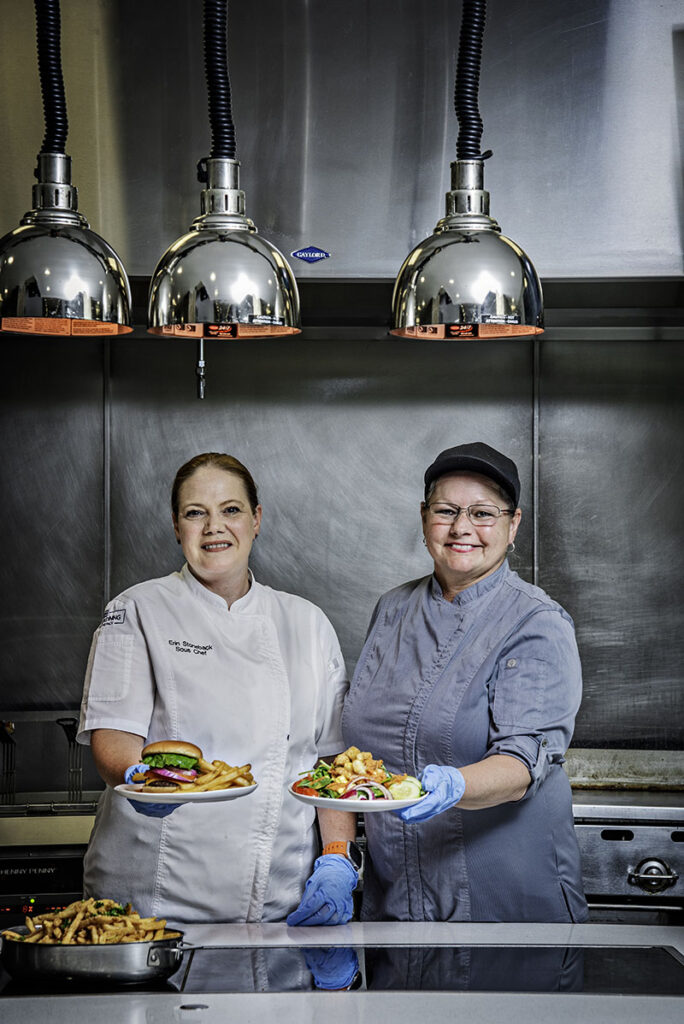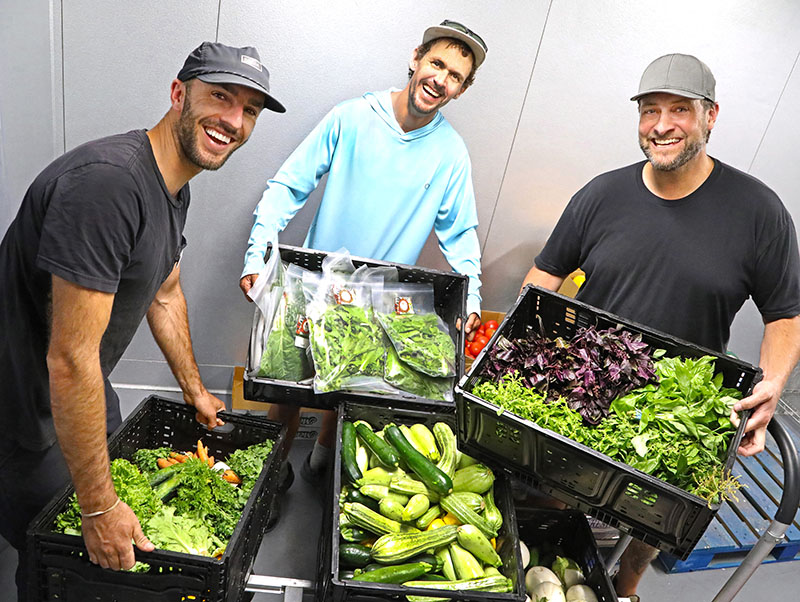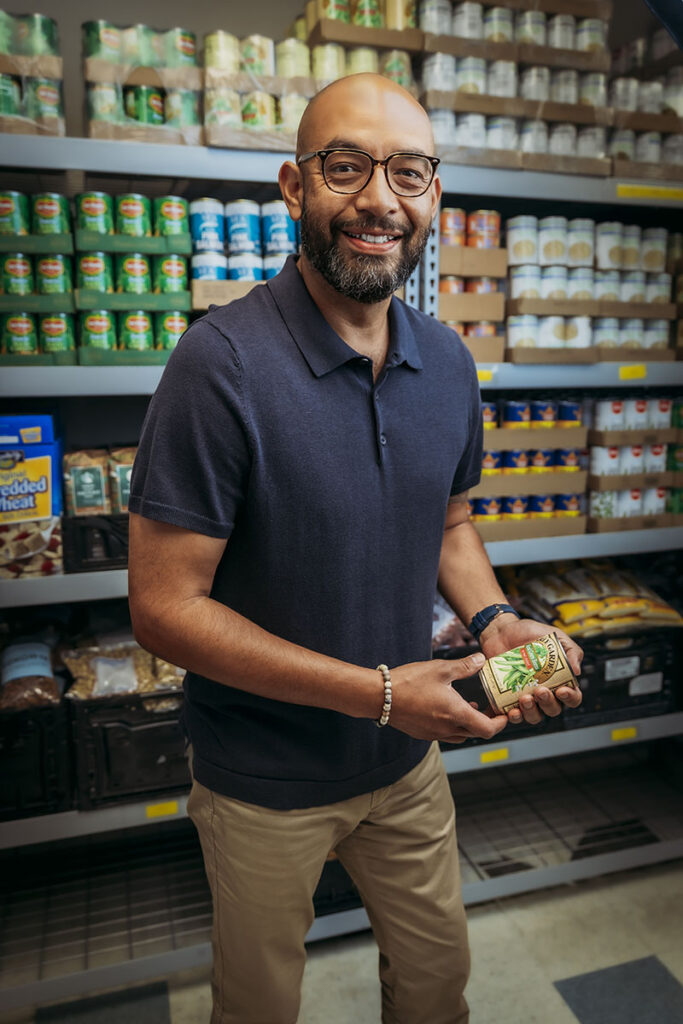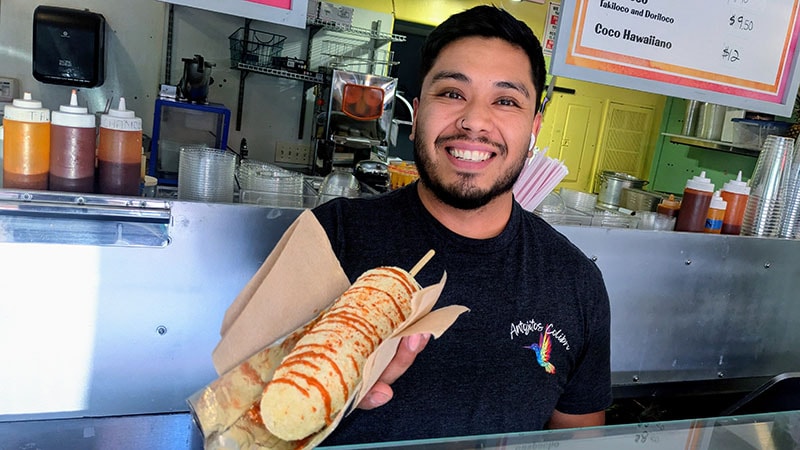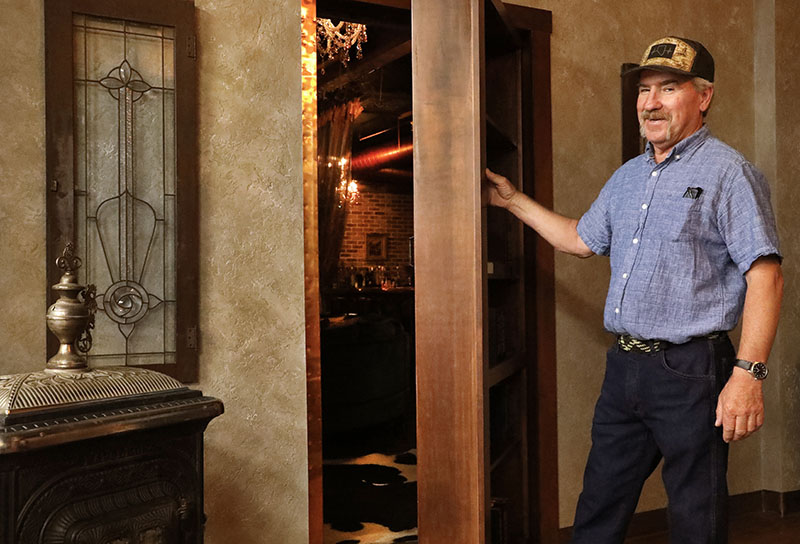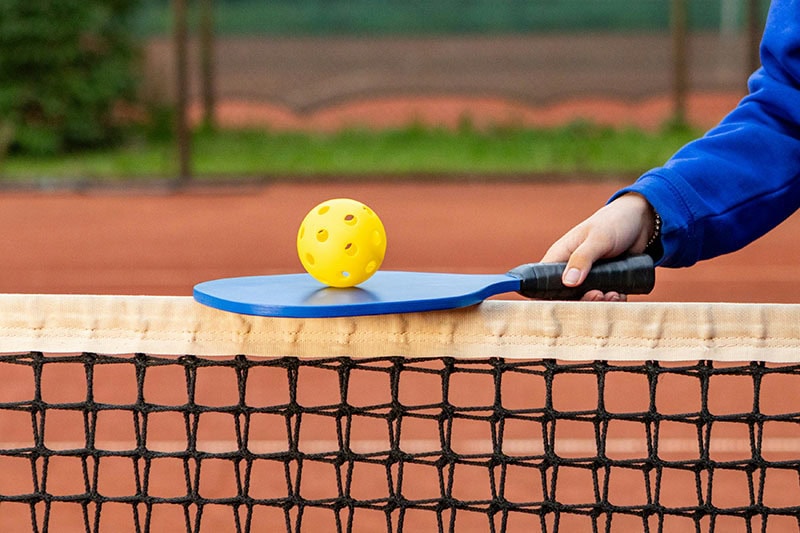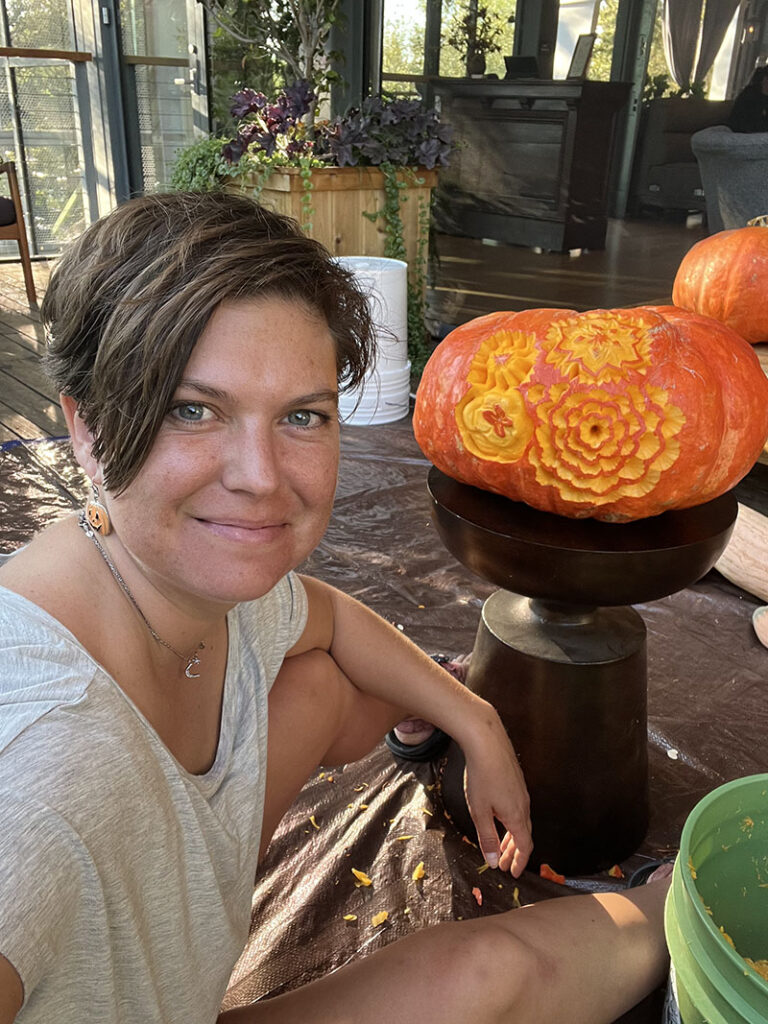Over the Moon
Legendary Chinese dessert draws families together.
According to legend, thousands of years ago, renowned archer Hou Yi shot down nine of the 10 suns scorching the earth. In gratitude, the Goddess of the Heavens bestowed to Hou Yi an elixir of immortality. When Hou Yi’s apprentice attempted to steal the elixir, Hou Yi’s wife, Chang’e, drank the potion, ascending to the heavens to become the moon goddess. During a full moon, the grieving Hou Yi filled a table with Chang’e’s favorite fruits and cakes. Moved by Hou Yi’s devotion, the Mother of the Moon allowed the pair to unite once per year, during the Mid-Autumn Festival, when the moon is at its fullest.
Celebrated on the 15th day of the eighth lunar month (a period generally between Aug. 23 and Sept. 23), the Mid-Autumn Festival has traditionally been when families gathered to feast and honor the moon in hopes of a bountiful harvest. This major Chinese holiday, second only to the Lunar New Year in its importance, also is celebrated in Japan, Korea, and Vietnam.
Marvelous Mooncakes
While each province may have its own regional specialty dishes, the mooncake is an integral part of the feast and China’s history. Another legend credits secret messages hidden in the mooncake’s filling for Chinese rebels’ success in their uprising against the Mongol rulers during the Yuan Dynasty.
The sweet golden pastry of traditional mooncakes often is molded with the Chinese characters for longevity and harmony and packed with a dense red bean or lotus seed paste with a salted duck yolk. Representing the full moon, the yolk’s saltiness counters the cake’s sweetness. Modern varieties of mooncakes feature cheesecake, macaroon, chocolate, or other savory fillings such as roast pork or chicken.
“Most people like the red bean or the green tea flavors,” says Dennis Lei, master baker/owner of Honey Bakery in Reno.
Though mooncakes typically are seasonal pastries, lotus-shaped mooncakes are available year-round at Honey Bakery, along with other Cantonese dishes. Lei explains that the process for making traditional mooncakes is time consuming, especially in the sugar preparation.

Many home cooks opt for snow skin mooncakes — a no-bake, simpler alternative. Dubbed “snow skin” due to their white, mochi-like coating, these mooncakes, with their creamy custard filling, have grown in popularity since their Hong Kong debut in the 1960s.
“The mooncake signifies harvest in the fall. The shape of the moon is round, a homophone to ‘family reunion’ in the Chinese language,” explains Lin Li Hall, senior lecturer/faculty adviser and Chinese language program chair at the University of Nevada, Reno.
Hall adds that mooncakes packaged in beautiful boxes are exchanged among family and friends prior to the festival.
“Time to gather with family and friends and think of those far away,” says Lily Rao, owner of Yee Chong Hon, a distributor of Asian food, in Reno.
Though wrapped in myth and despite years of evolving techniques and diverse ingredients, richly dense mooncakes have remained constant as a token of remembrance and are meant to be shared among loved ones.
Tips for Making Mooncakes
Though mooncakes often can be difficult or time-consuming to create, there are a few easier recipes online. If you plan to give it a try, here are a few tips offered by our sources:
- Nut or seed paste may be substituted for red bean paste.
- Place mooncakes in the freezer for about 10 minutes prior to baking. This helps the mooncake retain its design and shape.
- Avoid using too much flour to dust the mooncake molds as it may alter the pattern.
- Use food-grade gloves and plastic wrap to handle the sticky dough of the snow skin mooncake.
- Baked mooncakes may be stored in an airtight container at room temperature for three days or in the refrigerator for a week.
- Snow skin mooncakes should be kept chilled and are best eaten within a few days to a week.
RESOURCES
If you’d prefer to purchase your mooncakes in time for Mid-Autumn Festival, try these local businesses:
168 Asian Market
3090 S. Virginia St., Reno
775-823-9918
Asian Mart
115 E. Moana Lane, Reno
775-622-8641
Honey Bakery
403 Keystone Ave., Reno
775-322-6668




